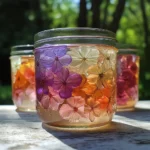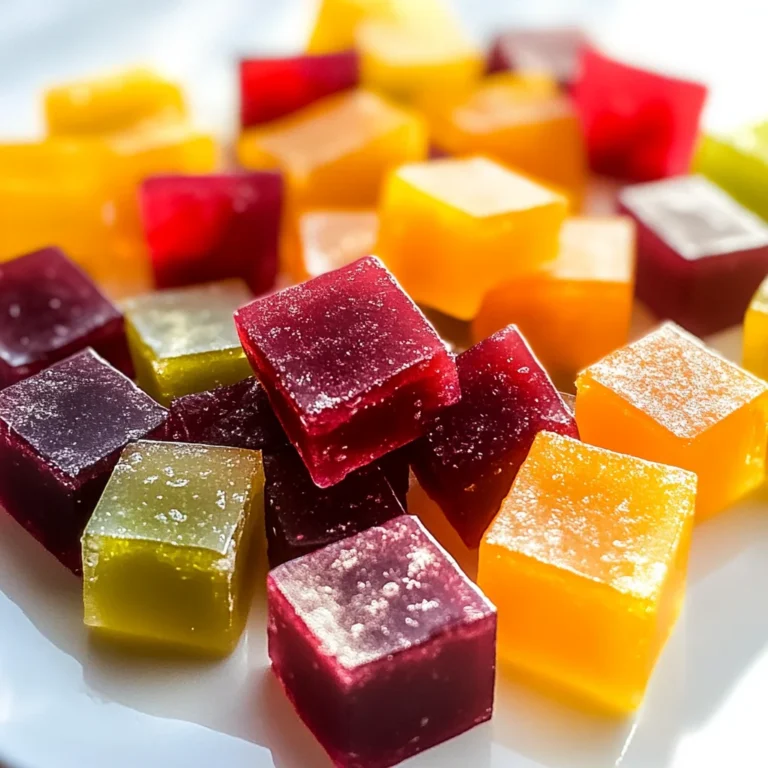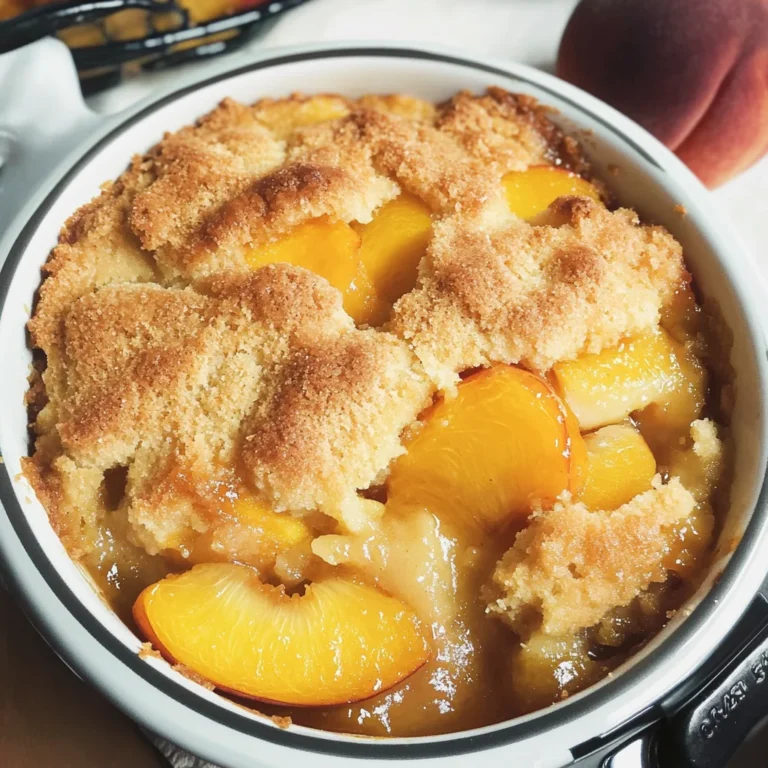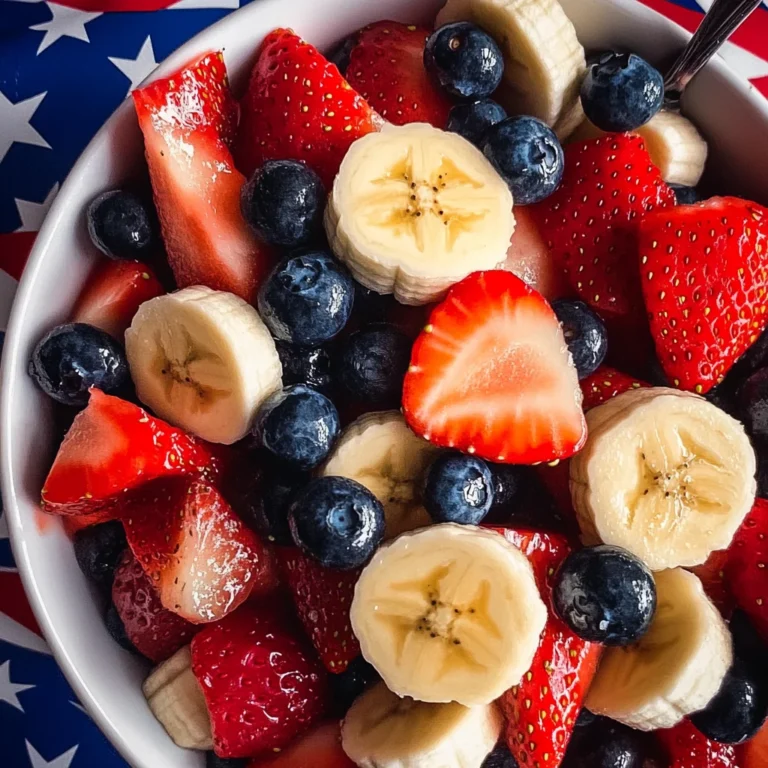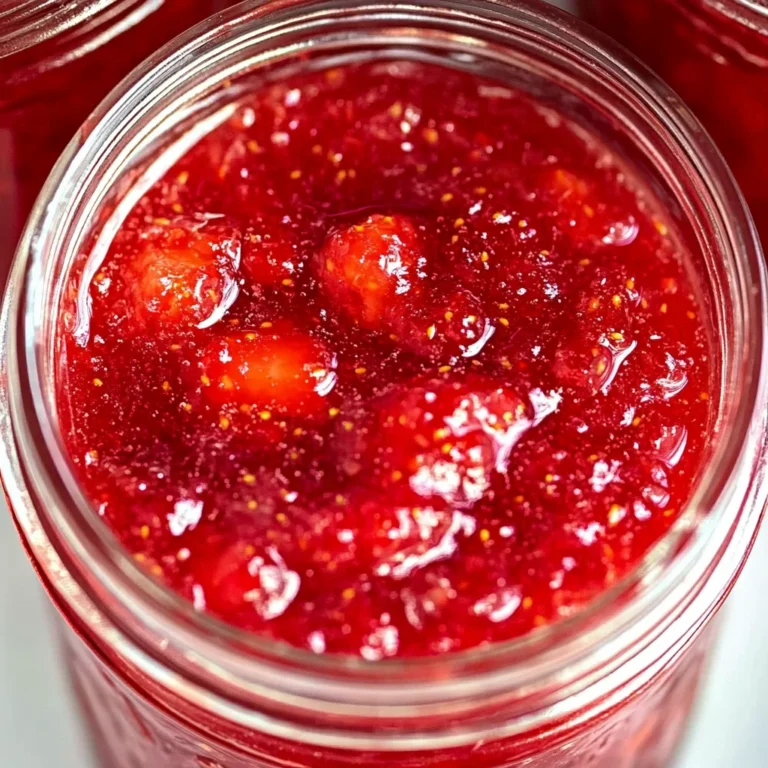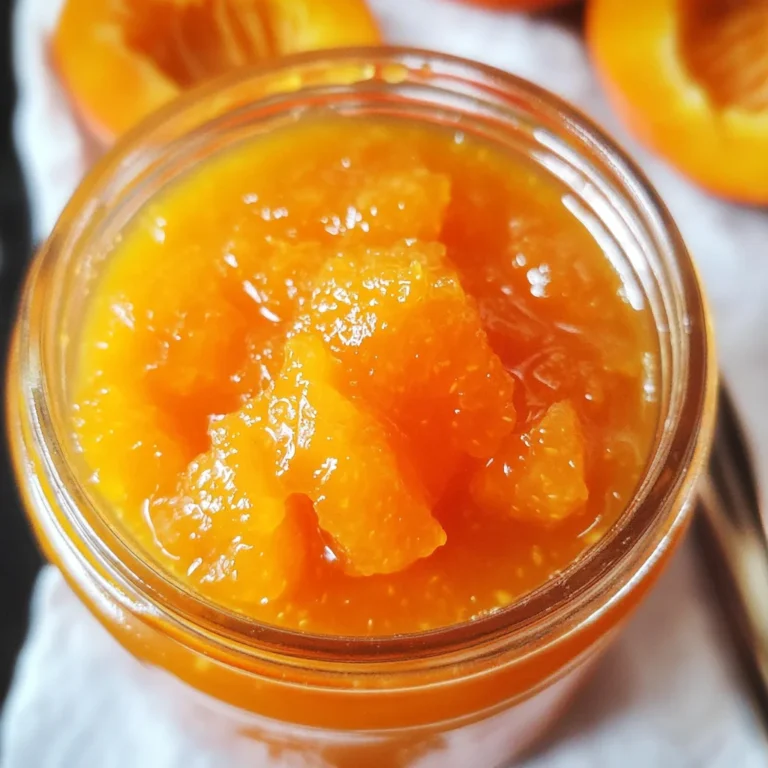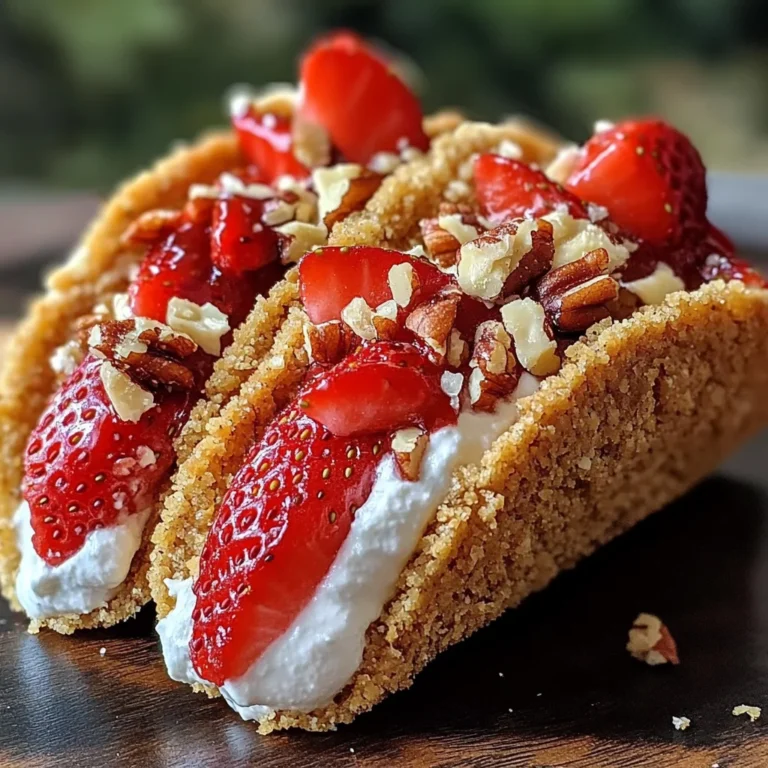Flower Jelly
Flower jelly is a delightful treat that captures the essence of fresh blooms in a sweet, aromatic jelly. Its vibrant colors and unique floral flavors make it perfect for various occasions, from garden parties to elegant afternoon teas. This recipe not only showcases the beauty of nature but also offers a refreshing twist to traditional spreads. The versatility of flower jelly allows it to be paired with desserts, toast, or even as a creative ingredient in cocktails and mocktails.
Why You’ll Love This Recipe
- Simple Preparation: With just a few steps, you can create homemade flower jelly that impresses guests and family alike.
- Natural Ingredients: Using fresh edible flowers ensures you’re enjoying a treat made from wholesome ingredients.
- Versatile Uses: Enjoy it on bread, as a topping for desserts, or even as a flavorful addition to savory dishes.
- Aesthetic Appeal: The beautiful colors and floral notes make this jelly not only tasty but visually stunning.
- Perfect for Gifting: Flower jelly makes an ideal homemade gift for friends and loved ones, beautifully packaged in jars.
Tools and Preparation
Before diving into making your flower jelly, gather the necessary tools to ensure a smooth process.
Essential Tools and Equipment
- Heavy-bottomed saucepan
- Jelly jars with lids
- Fine mesh strainer
- Ladle
- Water bath canner (if canning)
Importance of Each Tool
- Heavy-bottomed saucepan: Ensures even heat distribution to prevent burning during cooking.
- Fine mesh strainer: Allows for easy separation of floral tea from the blossoms for a clear jelly.
- Ladle: Makes transferring the hot jelly into jars safe and mess-free.
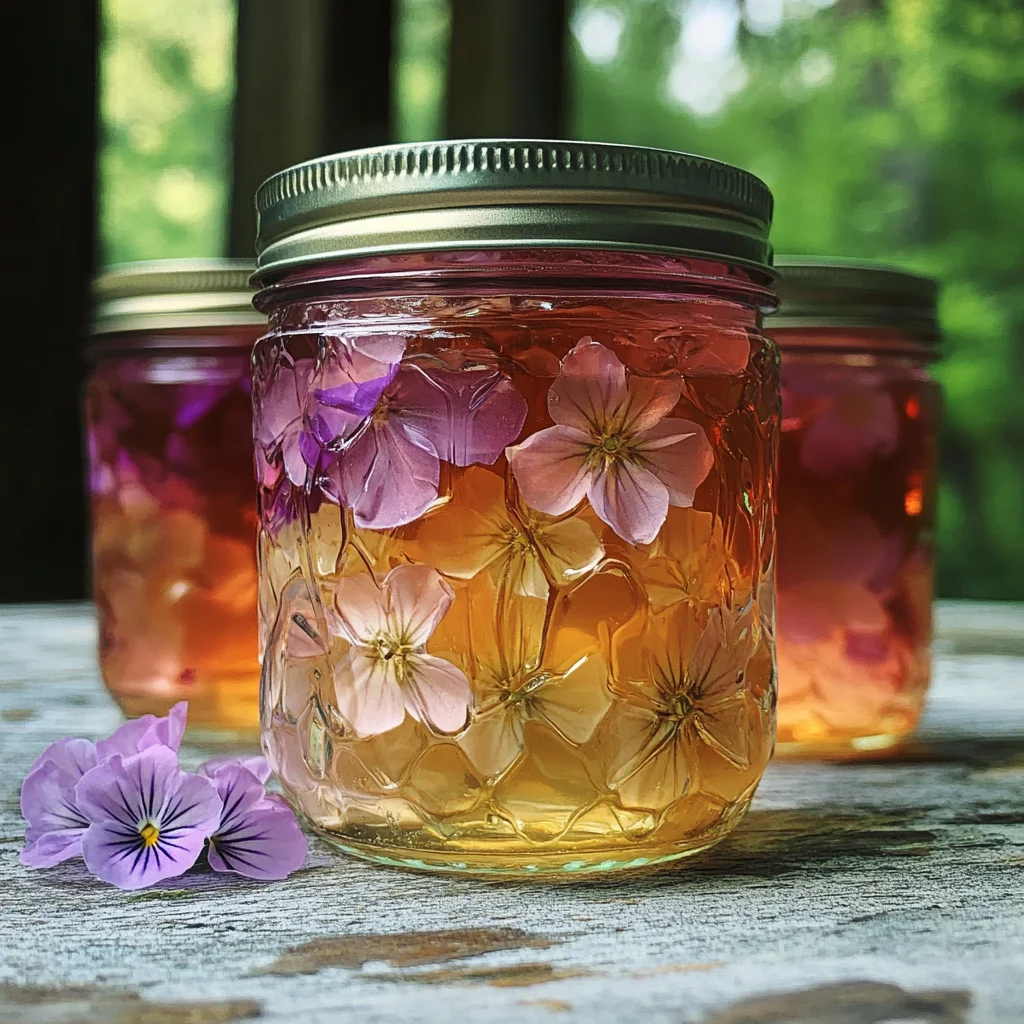
Ingredients
To create your flower jelly, you’ll need the following ingredients:
For the Flower Jelly
- 4 cups edible flower blossoms
- 4 cups water
- 2 tbsp lemon juice
- 1 to 4 cup sugar (see note)
- 1 box powdered pectin (1.75 oz box pectin – Regular or Low Sugar)
How to Make Flower Jelly
Step 1: Prepare the Flowers
- Separate 4 cups of edible flower blossoms from their stems, carefully removing any green parts.
Step 2: Create Floral Tea
- Pour 4 cups boiling water over the top of the flower blossoms.
- Allow the tea to infuse for about 10 minutes.
Step 3: Strain the Tea
- Strain the floral tea into a heavy-bottomed saucepan or jam pot using a fine mesh strainer.
- Add 2 tbsp lemon juice, which enhances color and helps preserve the jelly.
Step 4: Combine Pectin
- Bring the mixture to a boil.
- Add 1 box powdered pectin, stirring well to dissolve.
- Allow it to boil for 1 minute before adding sugar.
Step 5: Add Sugar
- Stir in 1 to 4 cup sugar, adjusting according to your taste preference.
- Bring back to a full boil for another minute before ladling into jars.
Step 6: Process or Store
- If canning, process in a water bath canner for 10 minutes.
- If not canning, let jars cool completely before storing them in the refrigerator (up to one month) or freezer (up to six months).
With these steps, you’ll have delicious flower jelly ready for your next gathering or simply to enjoy at home!
How to Serve Flower Jelly
Flower jelly is a delightful treat that can be enjoyed in various ways. Its sweet floral notes make it an excellent addition to many dishes, adding both flavor and visual appeal.
On Toast
- Spread a generous layer of flower jelly on warm toast for a fragrant breakfast or snack.
In Desserts
- Use flower jelly as a topping for vanilla ice cream or yogurt to elevate your dessert presentation.
With Cheese
- Pair flower jelly with soft cheeses like goat cheese or cream cheese for a unique appetizer that balances sweetness and creaminess.
In Drinks
- Stir a spoonful of flower jelly into sparkling water or lemonade for a refreshing, aromatic beverage.
As a Glaze
- Brush flower jelly over roasted fruits or pastries for added shine and flavor before serving.
How to Perfect Flower Jelly
Achieving the perfect flower jelly requires attention to detail during preparation. Here are some tips to ensure your jelly sets well and tastes great.
- Use Fresh Flowers: Always select the freshest edible flowers available. They should be vibrant and free from blemishes for the best flavor.
- Measure Accurately: Accurate measurements of water, sugar, and pectin are crucial. Too much or too little can affect the jelly’s texture and set.
- Follow Instructions: Stick closely to the recipe instructions, especially when it comes to boiling times and adding ingredients sequentially.
- Test for Doneness: Perform the cold plate test by placing a small amount of jelly on a chilled plate. If it firms up as it cools, it’s ready to jar.
- Store Properly: After cooling, store your flower jelly in clean jars with tight lids to maintain freshness.
Best Side Dishes for Flower Jelly
Pairing side dishes with flower jelly can enhance your meal experience. Here are some delightful options that complement its unique flavor profile.
- Cheese Platter – A selection of cheeses such as brie, cheddar, and gouda can provide a rich contrast to the sweetness of flower jelly.
- Fruit Salad – Combine seasonal fruits like berries and melons for a refreshing side that mirrors the floral notes of the jelly.
- Crackers – Serve assorted crackers alongside flower jelly for easy spreading—perfect for gatherings.
- Pâté – A smooth pâté pairs beautifully with the floral sweetness, creating an elegant appetizer option.
- Grilled Vegetables – Roasted or grilled veggies add savory depth that complements the sweet notes of your flower jelly.
- Savory Scones – Offer herb-infused scones which provide a hearty base against the lightness of the jelly.
- Salad Greens – A simple green salad dressed with vinaigrette can balance out the flavors nicely when served with flower jelly-based dishes.
Common Mistakes to Avoid
Making flower jelly can be a delightful experience, but a few common mistakes can hinder your results.
- Skipping the lemon juice: Lemon juice is crucial for balancing sweetness and enhancing color. Don’t omit it, as it helps the pectin set properly.
- Adding sugar too early: If you add sugar before the pectin, your jelly may not set. Always wait until after boiling the pectin to add sugar.
- Using non-edible flowers: Ensure that all flowers used are safe for consumption. Research or consult a guide to avoid any harmful varieties.
- Not straining properly: A thorough strain of the floral tea is important to remove unwanted bits that can affect texture. Use a fine mesh strainer for best results.
- Ignoring storage instructions: Proper storage is vital for maintaining freshness. Follow guidelines closely for refrigerating or freezing your jelly.
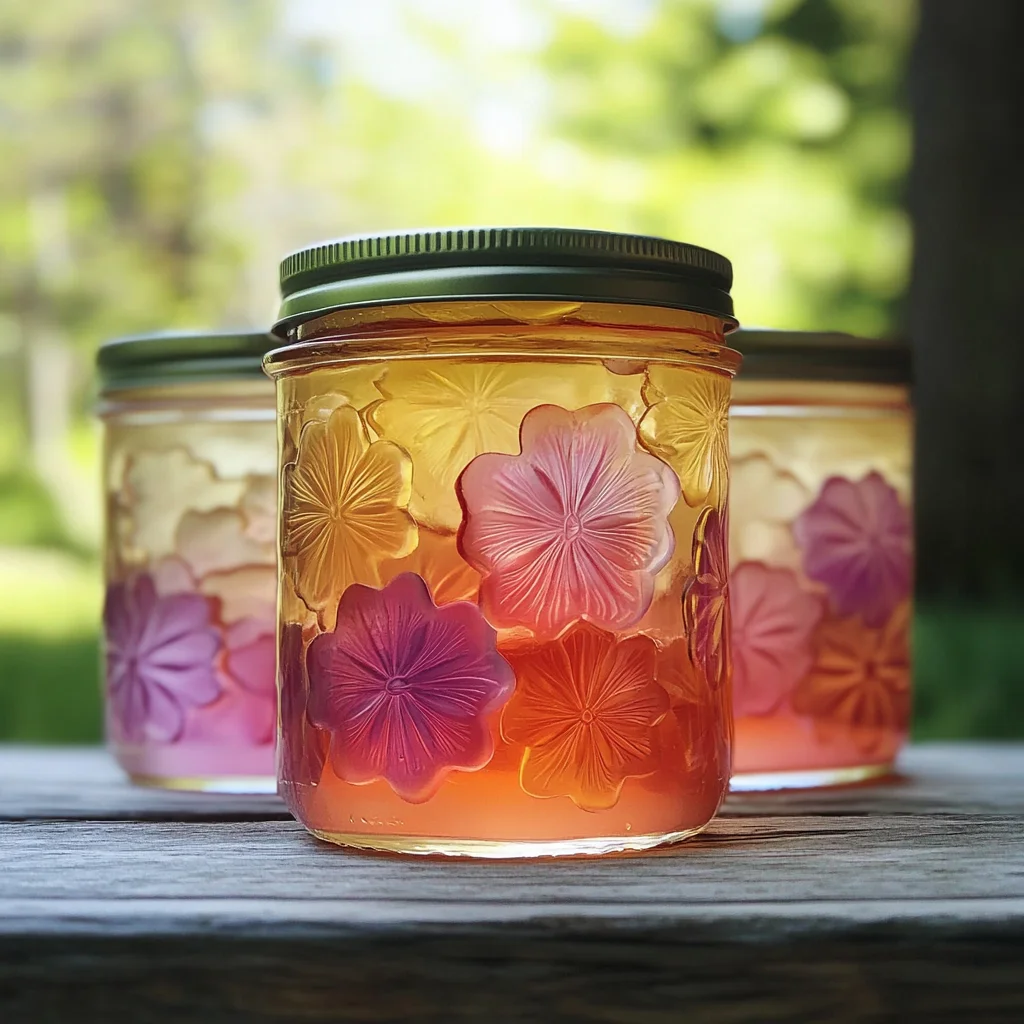
Storage & Reheating Instructions
Refrigerator Storage
- Store flower jelly in clean, airtight jars.
- It can last up to one month in the refrigerator.
Freezing Flower Jelly
- For long-term storage, freeze in freezer-safe containers or jars.
- Flower jelly can be stored in the freezer for up to six months.
Reheating Flower Jelly
- Oven: Preheat oven to low heat and place the jar inside until warmed, avoiding overheating and melting the container.
- Microwave: Microwave in short intervals (10-15 seconds) until just warmed. Stir between sessions to ensure even heating.
- Stovetop: Heat gently in a saucepan over low heat, stirring frequently until softened.
Frequently Asked Questions
Here are some common questions about making flower jelly that might help clarify your process.
What types of flowers can I use for Flower Jelly?
You can use any edible flowers such as violets, roses, or lavender. Just ensure they are free from pesticides and chemicals.
How do I make my Flower Jelly more flavorful?
To enhance flavor, consider infusing additional herbs like mint or basil alongside your edible flowers during brewing.
Can I adjust the sweetness of my Flower Jelly?
Absolutely! You can modify the amount of sugar based on your taste preferences. Start with less and add more if needed before boiling.
How should I serve Flower Jelly?
Flower jelly makes a lovely topping for desserts, toast, or yogurt. Its vibrant colors also make it perfect for decorative purposes!
Final Thoughts
Flower jelly is not only visually stunning but also versatile in its uses. This recipe allows for customization with various edible flowers or flavorings to suit your preferences. Give it a try and impress your friends and family with this delightful treat!
Flower Jelly
Flower jelly is a charming and refreshing treat that captures the essence of blooming flowers in a delicious, aromatic spread. This delightful jelly showcases vibrant colors and unique floral flavors, making it an exquisite addition to garden parties, afternoon teas, or as an elegant gift. With its versatile uses, you can enjoy flower jelly on toast, as a topping for desserts, or even in savory dishes. The simplicity of preparation means you can impress friends and family without a fuss.
- Prep Time: 15 minutes
- Cook Time: 15 minutes
- Total Time: 30 minutes
- Yield: Approximately 16 servings (about two cups of jelly) 1x
- Category: Dessert
- Method: Canning
- Cuisine: American
Ingredients
- 4 cups edible flower blossoms
- 4 cups water
- 2 tbsp lemon juice
- 1 to 4 cups sugar (adjustable to taste)
- 1 box powdered pectin (1.75 oz)
Instructions
- Prepare the flowers by separating the blossoms from their stems and removing green parts.
- Create floral tea by pouring boiling water over the flower blossoms and letting it infuse for about 10 minutes.
- Strain the tea into a heavy-bottomed saucepan using a fine mesh strainer. Add lemon juice to enhance color and preservation.
- Bring the mixture to a boil, then stir in the powdered pectin until dissolved.
- Add sugar gradually according to your taste preference and bring back to a full boil for one minute.
- If canning, process jars in a water bath canner for 10 minutes; otherwise, allow them to cool completely before refrigerating or freezing.
Nutrition
- Serving Size: 1 tablespoon (20g)
- Calories: 50
- Sugar: 12g
- Sodium: 0mg
- Fat: 0g
- Saturated Fat: 0g
- Unsaturated Fat: 0g
- Trans Fat: 0g
- Carbohydrates: 13g
- Fiber: 0g
- Protein: <1g
- Cholesterol: 0mg

